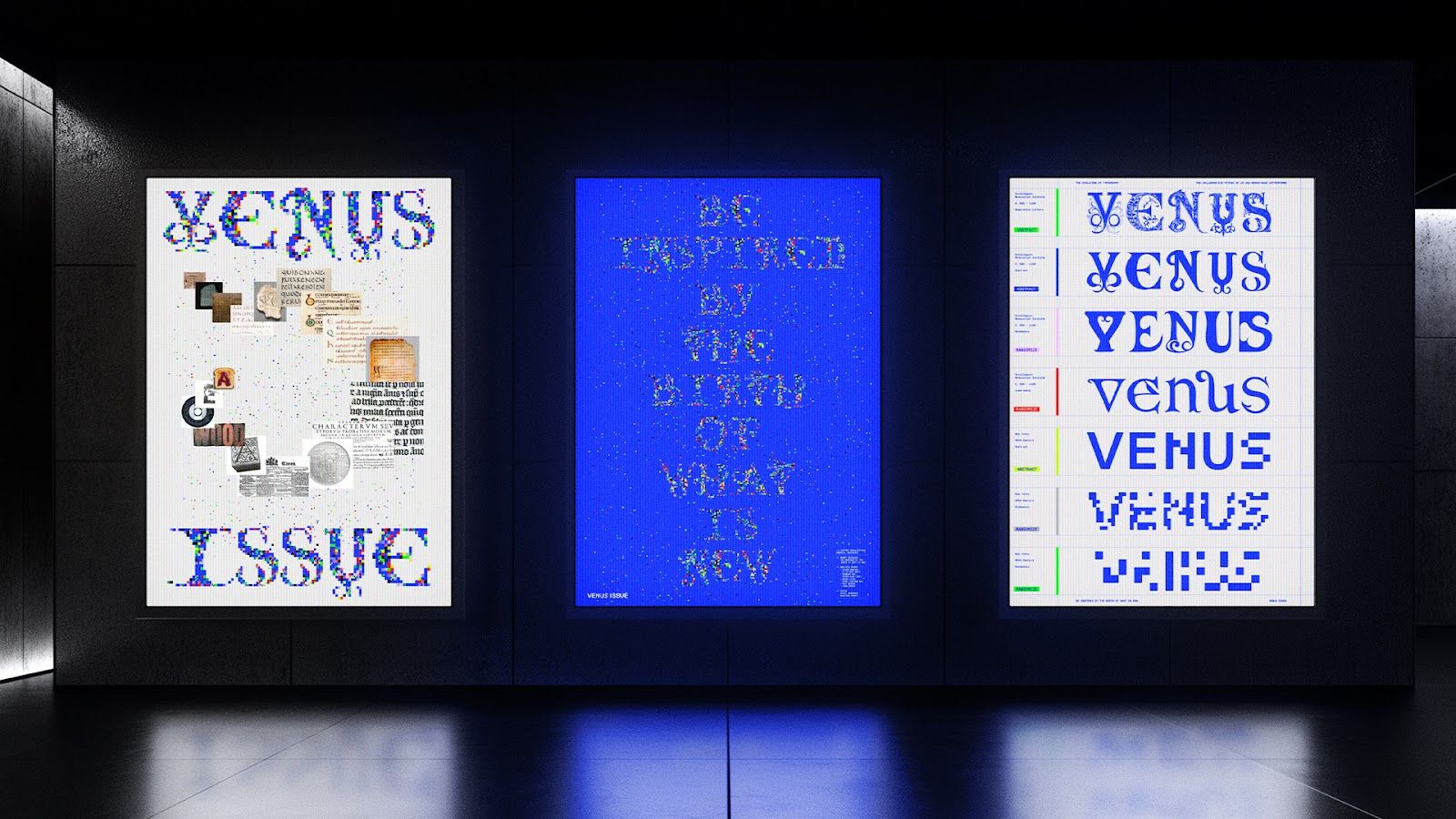2025-11-10
Eric Calloway
Design Dispatch, New York

For Haley Kyong A Oh, design is less about decoration and more about dialogue, an evolving system that connects culture, language, and technology through visual form. Now based in Seattle, where she works as a visual and UX designer at a leading technology company, Oh continues to explore how design can humanize innovation in a rapidly digitizing world.
Originally from Seoul, she spent her formative years in the Philippines and Canada before relocating to Los Angeles to pursue her MFA in Graphic Design at ArtCenter College of Design. That move reshaped her creative philosophy, merging research, cultural history, and computational experimentation. “I’ve always believed design isn’t just about how something looks,” she says. “It’s about how it connects people, history, and the world we’re building next.”
Q: You’ve lived and worked across Seoul, Manila, Vancouver, Los Angeles, and now Seattle. How have these moves shaped your perspective?
Living across different cities has made me realize that design is a kind of translation between cultures. Each place taught me something unique: structure in Seoul, play in Manila, openness in Vancouver, experimentation in Los Angeles, and collaboration at scale in Seattle. Those experiences taught me to adapt quickly and to design with empathy for different perspectives.
During my time with a design agency in Seoul, I focused on developing brand identity systems for diverse clients, work that later earned international awards including Comme Aesthetic Brand Identity (Asia Design Prize Winner, 2021) and Prior Corporate Identity (Asia Design Prize Winner, 2022). Those experiences helped me understand how visual systems can express inclusivity and progress, and how branding can evolve into cultural storytelling.

Q: What led you from brand design in Seoul to experimental work in Los Angeles?
After several years in commercial design, I wanted to question how design could engage with culture at a deeper level. That curiosity led me to ArtCenter College of Design, where I began exploring typography as both artifact and system.
My MFA thesis, Venus Issue, examined how generative AI could reinterpret historical letterforms. At the ArtCenter Spring 2025 Graduate Show, I presented an interactive typography installation where visitors could create text in real time through gesture-based interactions instead of a keyboard. The system interpreted these human movements, generate letterforms that redefined the boundaries between human and machine authorship.
The installation drew significant attention from designers, faculty, and technologists alike. Later, one of its posters was exhibited at Lithographix Gallery in Los Angeles through ArtCenter’s gallery partnership program. Around the same time, another of my projects received a DNA Paris Design Award, affirming that conceptual research and emotional resonance can coexist within design practice.
Q: You often mention optimism, curiosity, and storytelling as core values. How do those principles appear in your work?
Optimism gives me the momentum to take creative risks. Curiosity fuels my exploration of the dialogue between design, technology, and human experience. Storytelling ties everything together, reminding me that design must communicate something meaningful.
At my current role, these principles guide how I approach visual systems and design language. Whether working on UI components, product storytelling, or brand identity, I think about how each element communicates intention and care. Even in technical environments, design should always feel human.
Q: Working in the tech industry, how do you approach innovation through a human-centered lens?
Technology is most powerful when it feels invisible, when it amplifies creativity rather than replaces it. My focus is on building systems that feel intuitive, emotional, and alive.
I see AI not as a competitor but as a collaborator. It expands our imagination and our ability to see patterns, but the human element, our empathy and narrative sense, must always remain at the core. For me, technology’s purpose is not to automate creativity but to extend its expressive potential.

Q: What excites you about the future of design?
We’re at a fascinating moment where cultural heritage and computational design are merging. The future isn’t about choosing between analog and digital, it’s about how they can inform and enrich one another.
I’m drawn to the intersection where typography and AI evolve as parallel storytelling languages, one rooted in history, the other in possibility. When those two meet, we can rethink how communication itself works. That’s the intersection I want to keep exploring.
From Seoul’s design studios to ArtCenter’s experimental classrooms and Seattle’s technology hubs, Haley Oh’s journey illustrates how adaptability and optimism can transform design into cross-cultural dialogue. Her practice bridges craft and computation, past and future, anchored always in empathy and intention.
“Even when we’re designing with machines,” she says, “the goal stays the same, to create something that connects.”